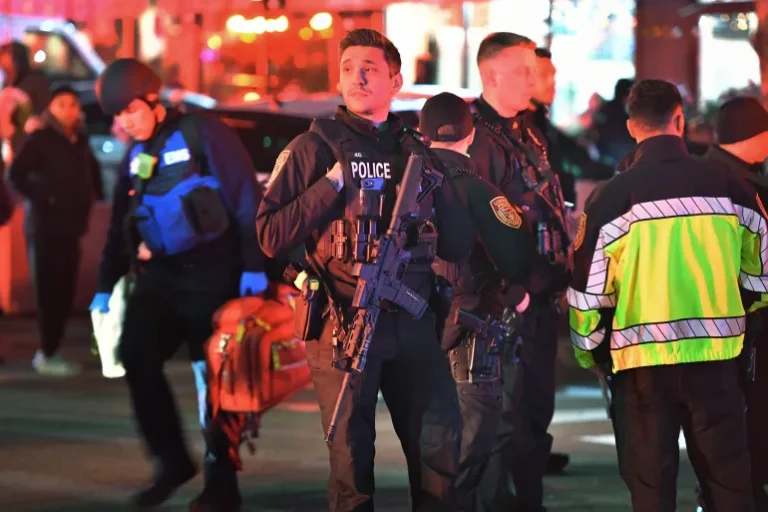Texas lawmakers are moving forward with a sweeping congressional redistricting plan that has reignited legal and political tensions across the state. The proposal—introduced by Republican legislators and advanced out of committee last week—would dramatically reshape several Democratic-leaning districts and could significantly alter the state’s electoral map for the next decade.
The redistricting measure passed along party lines during a legislative committee hearing in Austin, with Democrats voicing strong opposition to what they describe as an aggressive attempt to consolidate Republican power. If adopted by the full legislature, the map would restructure key districts in the Houston, Dallas-Fort Worth, and San Antonio metropolitan areas—areas that have trended more Democratic in recent election cycles.
Under the current proposal, three new Republican-leaning districts would be created, while five Democratic-held districts would be either eliminated or heavily redrawn. Two additional districts would shift into solid GOP territory. Critics of the plan argue that the new lines would weaken the electoral influence of minority communities and create districts that no longer reflect the demographic or political character of their constituents.
U.S. Representative Jasmine Crockett (D-TX), whose district encompasses parts of the Houston area, was among several Democrats who testified against the map during the committee hearing. Crockett warned that the proposal may remove her from the district she currently represents, potentially complicating her path to reelection.
“I do not currently reside in my district based upon the plan that has been drawn,” she told lawmakers, citing the potential legal consequences of displacing incumbents. “Which is another red flag, in addition to courts consistently looking at how many people have been moved.”
Crockett further described the proposal as damaging to representative democracy, saying the redistricting effort appeared designed to suppress opposition voices and dilute minority voting strength. “It’s really awful,” she said. “These are the kinds of things that the courts look at when they’re trying to determine whether or not there were problems with creating the maps.”
Her concerns are echoed by civil rights groups and legal analysts who argue that the redistricting process has moved too quickly and lacks transparency. The proposed map comes at a time when national scrutiny over race-based gerrymandering has intensified. On Friday, the U.S. Supreme Court announced it will hear a new case that could redefine the legal standards for race-conscious districting, potentially impacting how states interpret and apply provisions of the Voting Rights Act.
The Department of Justice (DOJ) has also weighed in. In a recent letter addressed to Texas Governor Greg Abbott and Attorney General Ken Paxton, the DOJ’s Civil Rights Division flagged four existing congressional districts—TX-09, TX-18, TX-29, and TX-33—as unconstitutional “coalition districts.” The letter urges Texas lawmakers to remove race-based considerations from their redistricting process, citing the 2023 Supreme Court ruling in Allen v. Milligan, which found that Alabama had violated Section 2 of the Voting Rights Act by failing to give minority voters equal opportunity to elect candidates of their choice.
Justice Brett Kavanaugh, in a concurring opinion in that case, emphasized that “the authority to conduct race-based redistricting cannot extend indefinitely into the future,” a statement now being cited by officials pushing for race-neutral maps.
In the midst of this legal backdrop, opponents of the Texas plan argue that the map’s architects have prioritized partisan gain over fair representation. While Texas Republicans maintain the changes reflect shifts in population and compliance with legal precedent, Democrats warn the map could disenfranchise large swaths of voters—particularly in historically underrepresented communities.
Crockett, who has positioned herself as a vocal critic of the redistricting process, urged her constituents to engage in the next stage of public hearings. “They want to exhaust us,” she said. “And I want us to dig deep and show them even more energy than they could have ever imagined coming from us—us being we, the people.”
As the full legislature prepares to vote on the map—potentially as early as Tuesday—the debate is likely to escalate further. Legal challenges appear all but certain, and advocacy groups are already preparing lawsuits that could delay implementation or send the map to federal court.
If enacted, the redistricting proposal would not only reshape Texas’s congressional landscape but could also set a precedent for similar efforts in other states. With the U.S. Supreme Court preparing to revisit the boundaries of race-based redistricting, the outcome in Texas may offer an early preview of how far lawmakers can go in redrawing the political map in a post-Milligan environment.

Emily Johnson is a critically acclaimed essayist and novelist known for her thought-provoking works centered on feminism, women’s rights, and modern relationships. Born and raised in Portland, Oregon, Emily grew up with a deep love of books, often spending her afternoons at her local library. She went on to study literature and gender studies at UCLA, where she became deeply involved in activism and began publishing essays in campus journals. Her debut essay collection, Voices Unbound, struck a chord with readers nationwide for its fearless exploration of gender dynamics, identity, and the challenges faced by women in contemporary society. Emily later transitioned into fiction, writing novels that balance compelling storytelling with social commentary. Her protagonists are often strong, multidimensional women navigating love, ambition, and the struggles of everyday life, making her a favorite among readers who crave authentic, relatable narratives. Critics praise her ability to merge personal intimacy with universal themes. Off the page, Emily is an advocate for women in publishing, leading workshops that encourage young female writers to embrace their voices. She lives in Seattle with her partner and two rescue cats, where she continues to write, teach, and inspire a new generation of storytellers.









